
Homeowners who closely follow real estate developments are getting a little nervous. After years of prices rising from coast to coast, the U.S. housing market suddenly is going cold.
The pattern seems eerily similar to events more than 15 years ago, when housing values plunged seemingly overnight. The bursting of that housing bubble left millions of homeowners underwater on their mortgages. It took many years for prices to recover. In some places, they still haven’t.
Now, anxious homeowners are wondering whether we are in the midst of a housing bubble sequel. No one knows for sure. However, if prices do fall, some markets are likely to fare better than others.
Earlier this year, SmartAsset pored over 25 years of data — for every quarter from 1997 to 2021 — in 400 metro areas to determine which housing markets are poised for the most stable growth based on their history of solid price gains.
Following are the top markets they identified.
10. San Angelo, Texas

Total home price growth: 214% from 1997 through 2021
Probability of a 5% or greater price decline within 10 years of buying a home: 0%, based on historical data
Nestled on the banks of the Concho River, San Angelo is a city of 100,000 that has earned praise as a great place to both work and retire. It’s also noted for being bike-friendly, especially through San Angelo State Park.
9. Kennewick-Richland, Washington
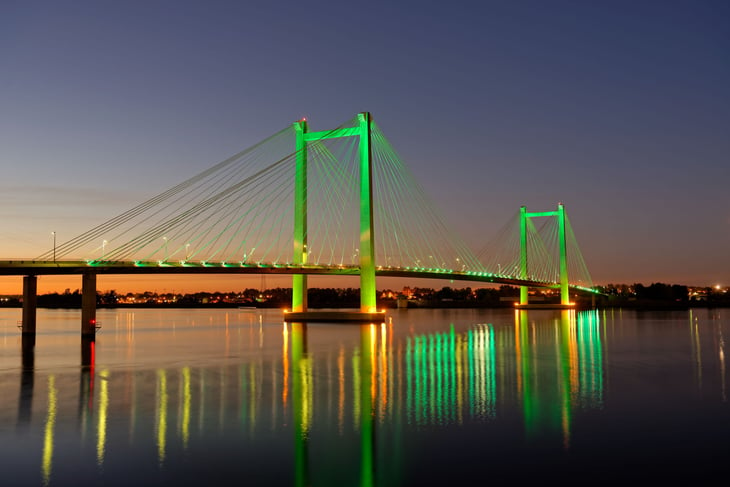
Total home price growth: 217% from 1997 through 2021
Probability of a 5% or greater price decline within 10 years of buying a home: 0%, based on historical data
This area is part of the Tri-Cities region, which actually has four cities including Pasco and West Richland. Since 2000, it has been the fastest-growing area in the state of Washington.
8. Odessa, Texas

Total home price growth: 247% from 1997 through 2021
Probability of a 5% or greater price decline within 10 years of buying a home: 4%, based on historical data
Odessa is a solid, stable place to own a home. But move here, and you are taking something of a gamble with your car.
Last year, the National Insurance Crime Bureau said Odessa was No. 4 among the “10 Cities With the Worst Auto Theft Rates.”
7. Dallas-Plano-Irving, Texas
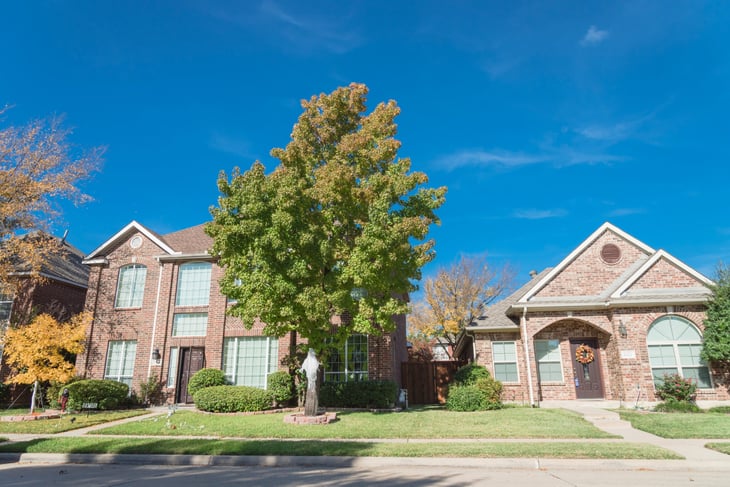
Total home price growth: 228% from 1997 through 2021
Probability of a 5% or greater price decline within 10 years of buying a home: 1%, based on historical data
By this time, you might have noticed a pattern: Texas cities are dominating this list. The Lone Star State has seen more newcomers than any other state for well over a decade, and the economy continues to boom. Those two factors bode well for continued home price appreciation.
6. Houston-The Woodlands-Sugar Land, Texas
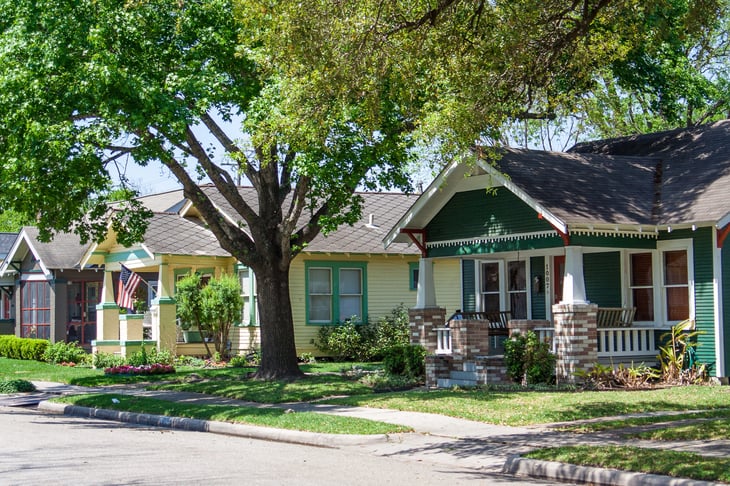
Total home price growth: 221% from 1997 through 2021
Probability of a 5% or greater price decline within 10 years of buying a home: 0%, based on historical data
Houston is a city that draws people from all over the country. Last year, it finished at No. 1 on the list of the “The 10 Most Popular U.S. Cities to Move To.”
It’s also among the “15 Cities With the Most Productive Workers.”
5. Fort Collins, Colorado
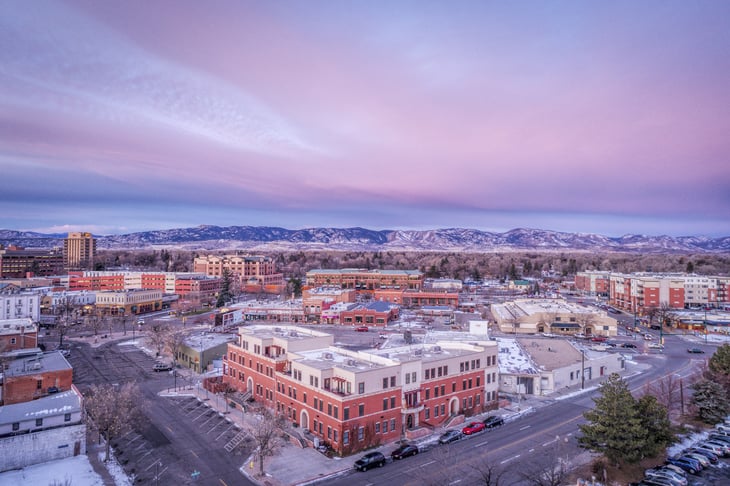
Total home price growth: 242% from 1997 through 2021
Probability of a 5% or greater price decline within 10 years of buying a home: 2%, based on historical data
The beauty of the Rocky Mountains and educational opportunity — Colorado State University is here — make this an attractive place to live.
However, Fort Collins does strike one sour note: It is among the “15 Expensive U.S. Cities With the Worst Air Quality.”
4. Rapid City, South Dakota
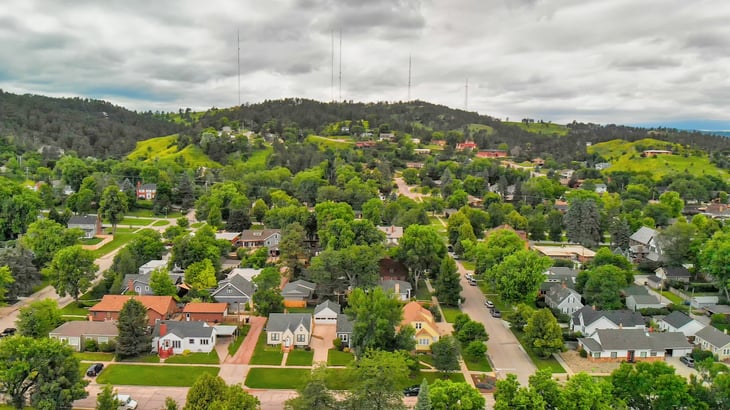
Total home price growth: 231% from 1997 through 2021
Probability of a 5% or greater price decline within 10 years of buying a home: 0%, based on historical data
Rapid City is a hidden gem. Located about a half-hour from Mount Rushmore National Memorial and an hour from Badlands National Park, it recently finished No. 1 on the list of “10 Smaller Housing Markets That Are Now Red-Hot.”
3. Midland, Texas
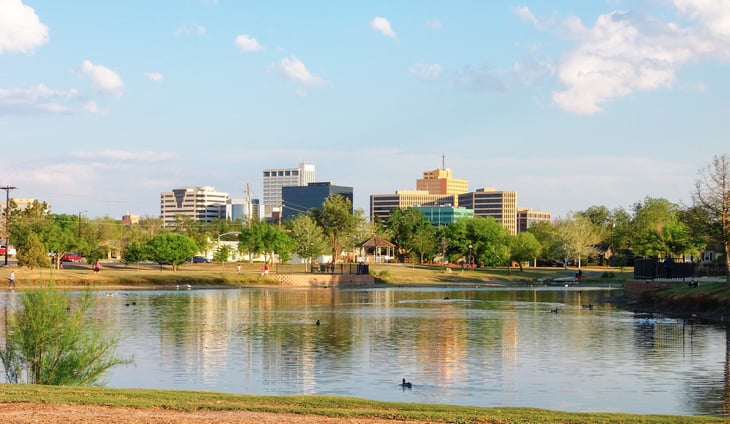
Total home price growth: 266% from 1997 through 2021
Probability of a 5% or greater price decline within 10 years of buying a home: 0%, based on historical data
This West Texas city lies halfway between Fort Worth and El Paso and is a great base for exploring the Big Bend National Park region.
Midland also made the list of the “18 Best Cities for Water Quality.”
2. Boulder, Colorado
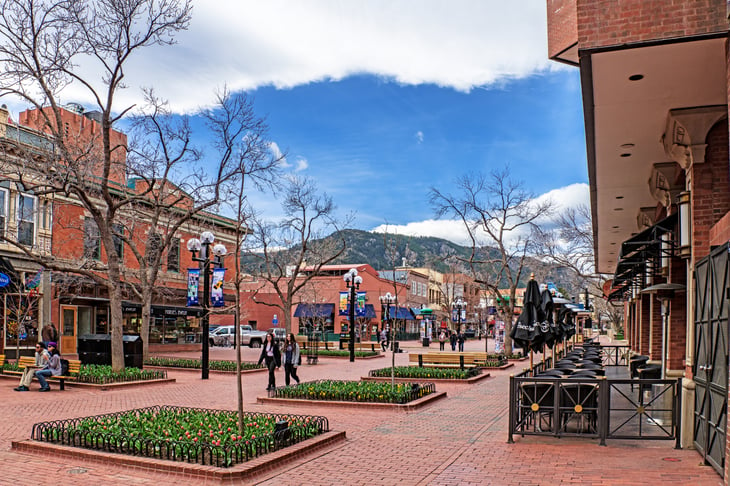
Total home price growth: 277% from 1997 through 2021
Probability of a 5% or greater price decline within 10 years of buying a home: 1%, based on the historical data
Boulder is the historic home of the University of Colorado, which now has four campuses across the state. This city with a youthful vibe bills itself as being “hip since 1859.”
So it’s probably no surprise that Boulder finished No. 1 on the list of “The Top 10 Cutting-Edge U.S. Metros.”
1. Austin-Round Rock-Georgetown, Texas
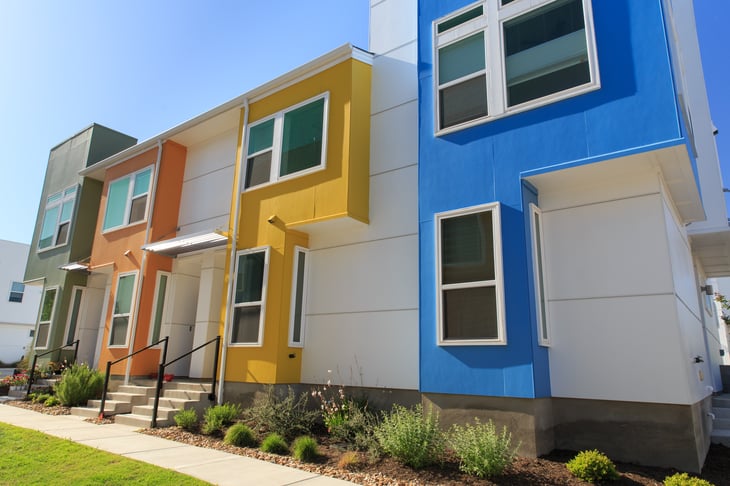
Total home price growth: 368% from 1997 through 2021
Probability of a 5% or greater price decline within 10 years of buying a home: 0%, based on historical data
When you look at the incredible price growth in the Austin area over the past 25 years — 368% — it seems due for a major correction.
But droves of people — and businesses — have put down stakes in the Texas state capital, which helps support housing prices and keeps the future looking bright.
